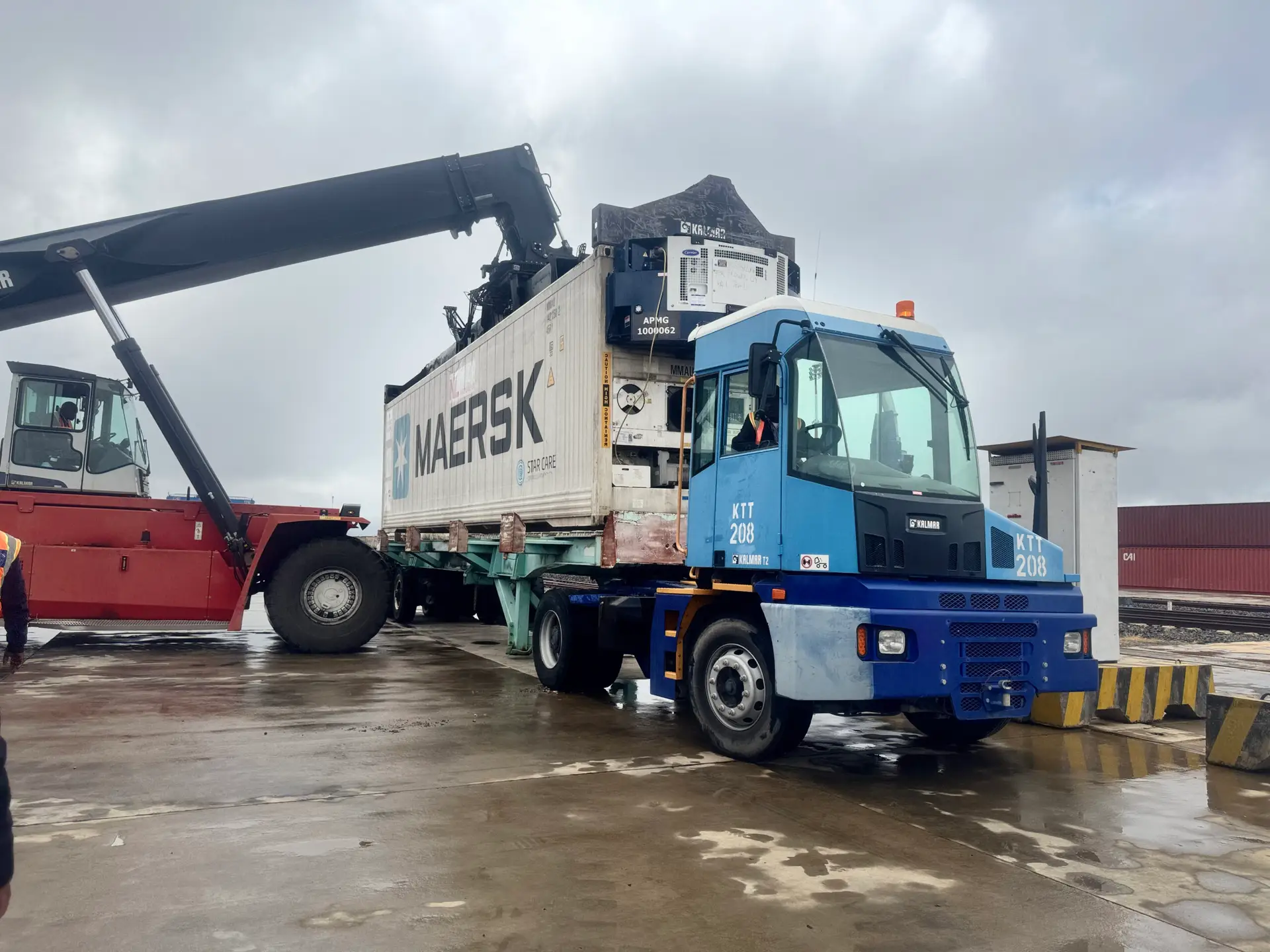Kenya’s recent investments in transport infrastructure signal a strategic shift. The standard gauge railway (SGR), the Naivasha Inland Container Depot (ICD), and the introduction of reefer-enabled services have laid the groundwork for a more agile and climate-aligned logistics system.
These developments have the potential to reshape East Africa’s role in global agricultural trade, particularly for temperature-sensitive exports. Yet, structural constraints remain.
Exporters of fresh produce continue to face high logistics costs, delays at key nodes, and limited visibility across the transport chain.
The Mombasa port, East Africa’s principal maritime gateway, handled 1.5 million twenty-foot equivalent units (TEUs) in 2024. By 2040, this figure is projected to exceed 3.2 million. Without a logistics system that can reliably move perishable goods to port, growing volumes will magnify existing inefficiencies.
Airfreight has long filled this reliability gap. For Kenyan flowers, the cost of air transport is estimated at $3.50 per kilogramme, amounting to $31,500 for a nine-tonne consignment.
The unpredictability of the road transfers to Jomo Kenyatta International Airport and handling charges further compound this cost. Sea freight, by comparison, costs around $8,500 per container for the same shipment, offering considerable savings. But until recently, sea-based options lacked the infrastructure and consistency to guarantee quality upon arrival.
This is beginning to change. In March 2025, Kenya launched a refrigerated rail service connecting Naivasha to Mombasa. The journey now takes eight hours by rail, compared with more than 15 hours by road, with continuous temperature control throughout.
The service is supported by expanded reefer capacity at the Syokimau Inland Container Depot in Nairobi and upgraded verification facilities.
Together, these investments have established a cold chain that meets global quality standards while reducing handling time and logistics costs. A recent pilot export of a container of fresh-cut flowers, supported by the Netherlands, confirmed that quality remained intact after more than a month in transit from the Naivasha ICD to Rotterdam in a temperature-controlled container moved by rail and sea.
The case for reform extends beyond infrastructure. Data from the export sector reveals that 28 percent of fruit is damaged before reaching the packhouse, and a further 20 percent is lost prior to shipping.
These losses reduce the competitiveness of Kenyan produce, but more crucially, they erode the confidence of producers in the supply chain. For horticulture-dependent communities, most of whom are rural, the implications are both economic and social.
Without reliable access to markets, returns decline, livelihoods stall, and exporters retreat from investment. The core challenge is institutional. Responsibilities across the logistics chain remain poorly coordinated.
Packing houses, regulatory authorities, customs, and logistics providers operate with minimal interoperability. Service level agreements, where they exist, a lack enforceability. Procedures vary across locations and are often applied inconsistently. The absence of common standards undermines throughput and introduces uncertainty, especially for time-bound shipments.
To respond to these needs, TradeMark Africa through the European Union-funded Business Environment and Export Enhancement Programme is supporting development of service level agreements, standards operating procedures and key performance indicators for various agencies handling the processes and clearing of export of horticultural produce.
These instruments are expected to standard the handling and processing procedures thus reducing time and cost of horticultural exports.
Kenya must move away from treating logistics as a downstream concern. It is the mechanism by which trade becomes tangible. Without it, productivity gains at the farm or factory are stranded. Markets remain notional, and policy ambitions fail to materialise.
The Naivasha Dry Port demonstrates the potential of a coordinated approach. With 1,000 TEU ground slots and a 240,000 square metre yard, the facility can accommodate significant growth.
Its integration with the SGR and meter gauge railway enables transit cargo to move inland and across borders efficiently. In high-capacity scenarios, the railway spur at Naivasha could handle over 237,000 TEUs annually.
The site is also earmarked for future investments in temperature-controlled storage and consolidation, offering a scalable solution for fresh produce exporters.


